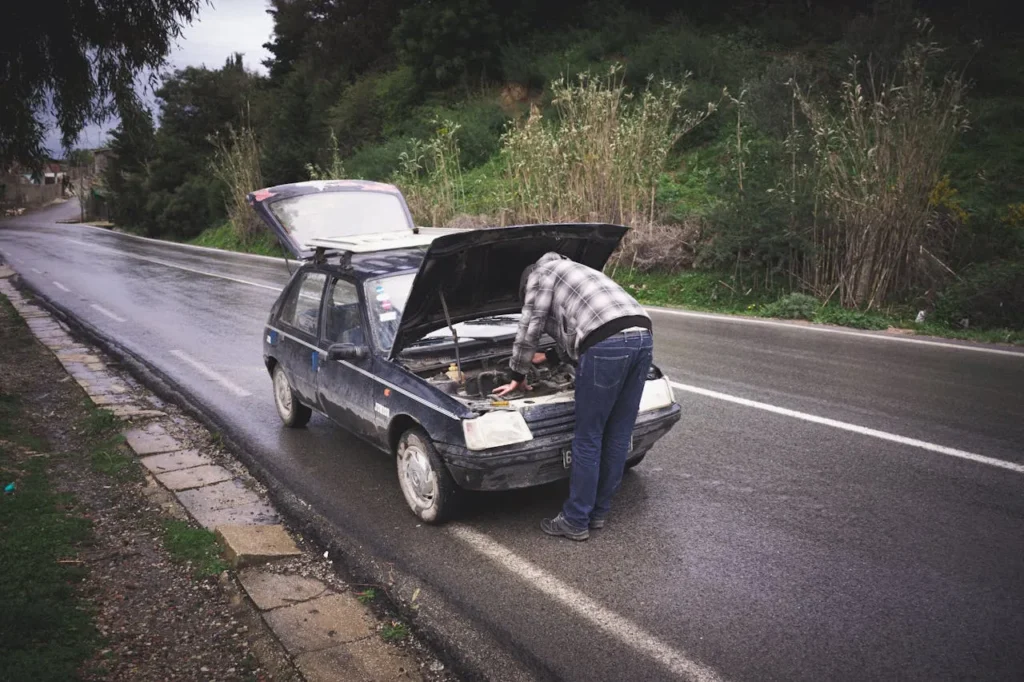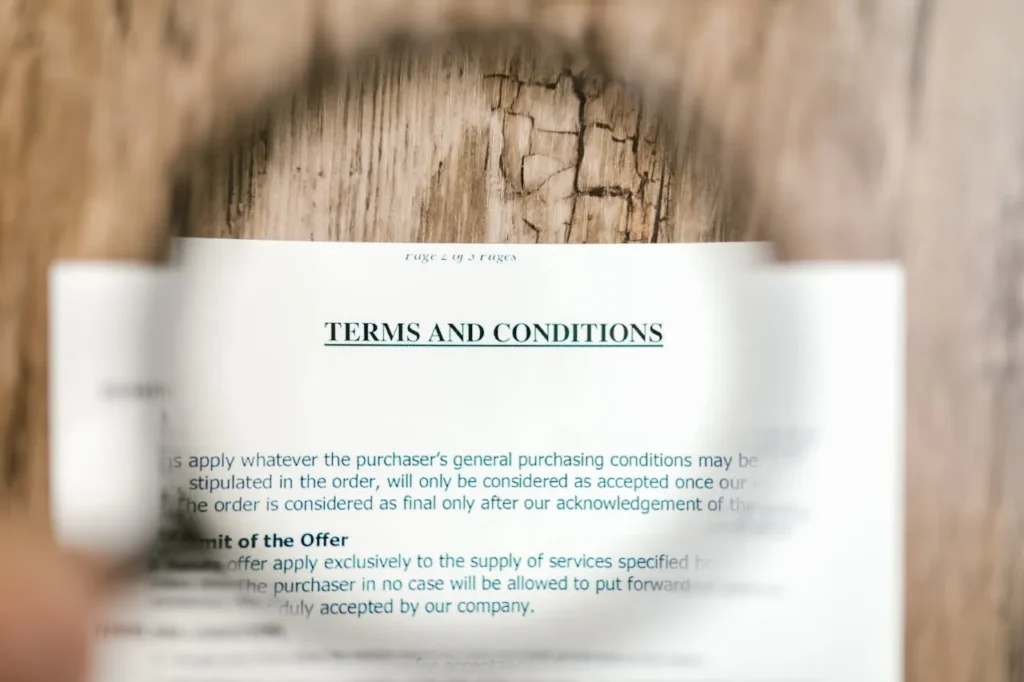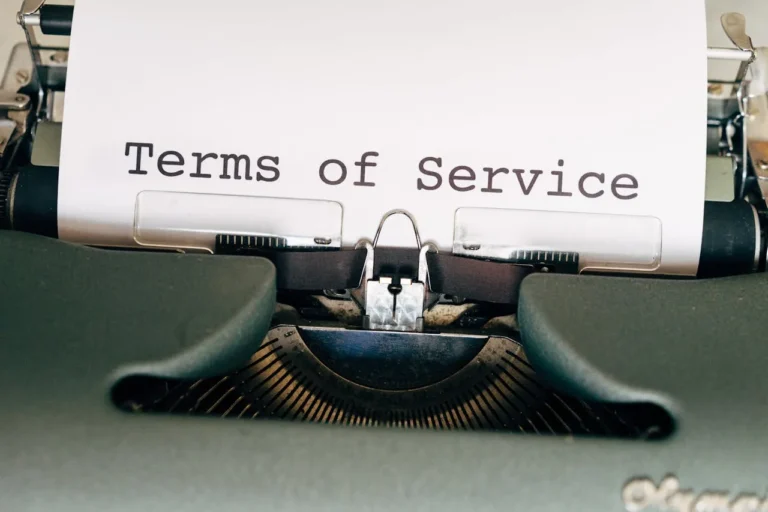Motor insurance is a legal requirement for every vehicle owner in India, but its impact goes far beyond just registration. It provides financial indemnities with regard to damage to your on-board personal transport, indemnities to third parties as to damage which they cause to third parties and indemnities to third parties as to accident injuries. There is on the market the insurance that protects from the unforeseen costs arising from the travel risks of any vehicle you own (e.g., a car, a motorcycle, a commercial vehicle).
In this blog, we’ll cover the basics of motor insurance, the different policies that are on offer and why it is a vital component of being a responsible car owner.
Why Motor Insurance is Important
Legal Compliance
All vehicle owners in India are obliged, by the Motor Vehicles Act 1988, to pay for third-party motor insurance yearly for every vehicle. Driving a car without a policy of insurance car insurance is punishable with very severe civil and criminal penalties.
Accidents will incur big expense of damage cost, medical cost and third party compensation. Motor insurance companies cover the expenses which are pertinent, in such a way that you are not compelled to pay them yourself.
This is good because when you know that you have financial safeguards in case of accidents, theft, or natural disasters it’s easier to drive without worrying about safety.
Coverage for Third-Party Liabilities
Payment for damage to the property of another resulting from your vehicle or from an accident involving your vehicle and a third party is made from your compulsory motor insurance in accordance with no legal and financial liability.
Protection Against Natural and Man-Made Disasters
Comprehensive motor insurance covers loss caused by, among other things, natural phenomenon (flood, earthquake, typhoon) and artificial phenomenon (theft, vandalism, riot).
Types of Motor Insurance
Third-Party Liability Insurance
This is the model of motor insurance which is statutory. It covers:
Third-party Property Damage: Payment for the applicant’s car damage to the other’s car and/or other property.
Third-party Injury/Death: Covers medical expenses or compensation in case of injury or death to a third party.
Limitations: It is not a coverage of your own, private car damage or private driver injury.
Comprehensive Insurance
A comprehensive motor insurance policy provides broader coverage, including:
Third-party liabilities.
Damage to the private motor vehicle due to crash, theft or natural disaster.
Personal accident covers for the owner-driver.
Benefits: It is a complete that brings peace of mind, which is, for the great majority of car owners, sufficient.
Standalone Own-Damage Insurance

This guideline is valid only for vehicle damage of own car, but not for vehicle damage caused by third party car cover. It is normally provided as an aftermarket to a third party liability policy.
Add-On Covers
In order to insure better motor insurance, you can add to the following:
Zero Depreciation Cover: Ensures full claim settlement without factoring in depreciation.
Roadside Assistance: Provides support for emergencies like breakdowns or flat tires.

Engine Protection: Caters to engine damage from flood or oil spill.
Return to Invoice: Safeguards against late and/or in full payment for the value of the vehicle in case of unsalvageable or stolen vehicles.
Key Features of Motor Insurance
Premium Calculation
Premiums are calculated with the car make/model type, car year and location, and by the type of cover choosing. Comprehensive policies usually have higher premiums than third-party policies.
No Claim Bonus (NCB)
The Insurers provide no Claim Bonus for the lapse of the years to its policyholder, and the same provides the premium amount discount at the time of renewal. This incentivizes safe driving and careful vehicle use.
Cashless Repairs
Most companies doing insurance business are located in network garages and they will offer free car repair to the patient. The insurer settles the bill directly with the garage.
Policy Renewal
Regular review of motor insurance coverage forms one of the most significant factors in reducing absence of coverage. Most insurers offer online renewal facilities for convenience.
How to Choose the Right Motor Insurance Policy?
Assess Your Needs
We also recommend that a complete policy with extras such as zero depreciation cover may be suitable if you own a new/high-value car. Third party insurance (and even own-damage insurance bought separately with a vintage vehicle) could suffice.
Compare Policies
Online the coverage policies, the premium costs and the benefits.
Check the Insurer’s Reputation
Find companies that have good claim settlement and have high customer rating. A non-discriminatory insurance company, i.e., rapid claims denials and acceptable customer support.
Understand Policy Terms

That the user may be informed of inclusions and exclusions and claim processing, etc., the policy document is read.
Filing a Motor Insurance Claim
Inform the Insurer
Notify your insurer immediately after an accident or incident.
Document the Damage
Take photographs of the damage and evidence (i.e., a statement (inference statement) of such FIR (if any) or third party statement).
Submit the Claim Form
Submissions of the claim form and the following documents (e.g., the RC manual, driver’s license, and repair receipts (where applicable for requesting the reimbursement claims).
Inspection and Approval
The insurer will evaluate the damages and undertake the claim reimbursement, previously established upon checking the policy text. Insurer will pay the garage bill or provide an amount in case of Total Loss (Repairing cost exceeding 75% of Insured Declare Value of Vehicle).
Conclusion
Motor vehicle insurance is compulsory insurance for all car owners, which provides insurance from accident, theft and other disasters. Just to use the right policy and update policy from time to time, one can approach confidently the uncertanities that await in travel. Protect your ride, protect your finances—get insured today!







